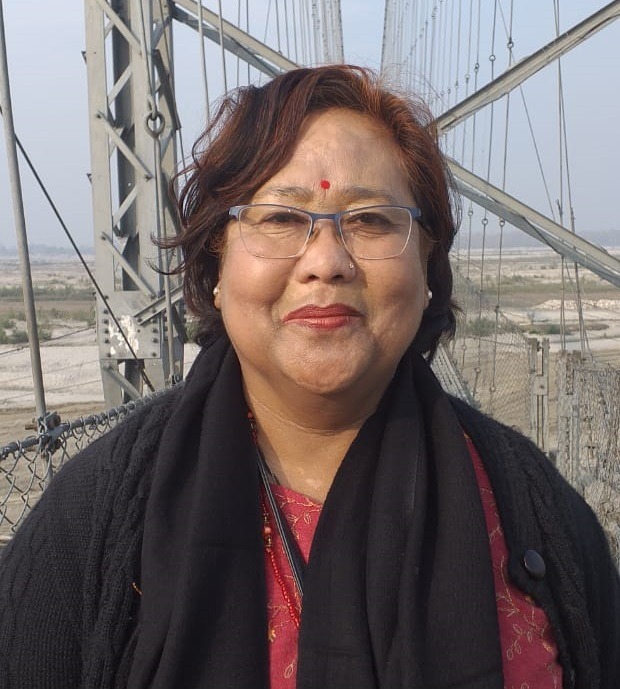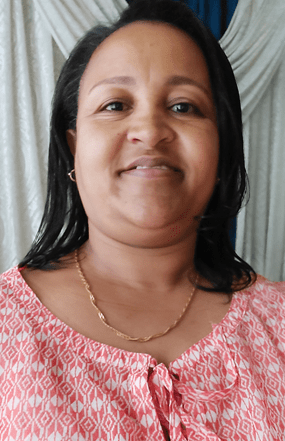What the Global Development Community Needs to Know About Eliminating NTDs
By Liz Hall, WI-HER Communications Manager
Neglected tropical diseases (NTDs) include a wide variety of health conditions caused by diverse pathogens that can result in devastating health, social, and economic consequences. NTDs mostly impact vulnerable or marginalized communities in tropical areas, which is why they are often neglected by research and investment. Approximately 1 billion people are estimated to be affected by NTDs, according to the World Health Organization.
With the depth and breadth of our expertise in working in NTD programming, we asked members of our WI-HER team what the global development community needs to know about addressing, preventing, and eliminating NTDs. Here is what they had to say.

“Gender and social inequities play a major role in creating barriers for individuals and communities to access and accept preventive medicine for NTDs. Global development partners must invest in and implement NTD programs that directly address barriers related to gender norms and social inclusion issues in order to reach all populations and ensure the control, elimination, and eradication of NTDs by 2030.” – Dany Chhan, WI-HER Senior Associate
“The importance of collaborating with folks at the community level cannot be overstated. For any NTD intervention to be successful, we need to always remember to speak to and actually listen closely to the needs of the people we are treating and take into account the sociocultural context of the populations we are working with. It should never be a one-way dynamic, but rather a constant cross-learning process. Without that understanding, it will be difficult to reach full elimination of any NTD.” – Eileen Liang-Massey, WI-HER Senior Associate.
Check out the work of Dr. Francisca Mutapi and TIBA for an exemplary model of how this can be done: https://tiba-partnership.org/news/tiba-research-highlights-video


“Integrating gender equity and social inclusion (GESI) in Neglected Tropical Diseases (NTDs) programming is critical to accelerate prevention, control, and elimination of NTDs globally. Communities that bear the biggest burden of NTDs are also the ones that are most likely to miss NTD services. GESI integration makes it possible to leave no one behind in the NTD response.
I am proud to be a member of a Technical Advisory Group (TAG) on reaching high-risk populations (HRPs) in Uganda and beyond. The TAG is facilitated by Pilgrim Africa and the Ministry of Health, bringing together NTD stakeholders and champions in Uganda and the region to address the needs of HRPs through informative assessments, tools, and experience sharing.” – Emmanuel Ssegawa, WI-HER Technical Advisor and Uganda Country Representative, Uganda
“Nepal has implemented a national effort to eliminate lymphatic filariasis (LF) through mass drug administration (MDA). Based on my experiences, effective engagement and coverage of MDA in diverse urban populations can be supported by identifying context-specific needs and adapting tailored approaches, considering population dynamics, migration patterns, residency, and seasonal events. Similarly, it is critical to identify and mobilize key stakeholders to influence stakeholders with negative views of MDA. Flexible timing, alternative distribution points, and innovative awareness techniques can also address urban workers’ and youth concerns, while rigorous monitoring and evaluation add value for MDA impact.” – Shova Lama, WI-HER GESI Behavior Change Specialist, Nepal


“To enhance and boost the adoption of priority behaviours and to give these communities more voice and power to be their own change agents, NTD actors should keep using human-centric approaches to address community issues.” – Elizabeth Kemigisha, WI-HER Knowledge Management Associate
“To address neglected tropical diseases (NTDs), the global community can focus on integration, from the national level, to the community level, and in a manner that builds local capacity and encourages responses and actions that identify and respond to gender inequity and social exclusion barriers to reaching NTD goals. It is through these efforts in addressing inequities in communities where we can move the needle in achieving NTD elimination for all.” – Claire Karlsson, WI-HER Program Manager


“NTDs endemicity overlaps with poor socio-economic structure, including poor health care systems and low access to basic sanitation and hygiene. The global development community needs to know about the burden of NTDs and its key intervention areas for sustainable prevention and elimination of the diseases. Prevention, elimination, and eradication of NTDs need multisectoral collaboration and engagement, active community participation, innovative approaches, resource proximity to patients, mainstreaming of services with existing health care systems, and continuous capacity building of all those involved in planning, monitoring, evaluation, and service provisions. Addressing mental health, disability, stigma, gender and social inclusion, and economic disadvantages should be part and parcel of the service and program packages to improve an NTD patient’s quality of life.” – Genet Kassaye, WI-HER GESI Specialist, Ethiopia
While much progress has been made toward achieving NTD elimination goals, it is clear that reaching the last mile is both increasingly important—to uphold the right to health and prevent recurrence—but also significantly more difficult, and often, GESI issues are at the core. The global development community needs strategies that consider, and address, those GESI-related issues to ensure that our activities and interventions consider the lived experiences that different populations face when coping with NTDs. Only then can we achieve equitable prevention, improve access to NTD services, and jointly act toward eliminating NTDs among the most vulnerable populations once and for all.